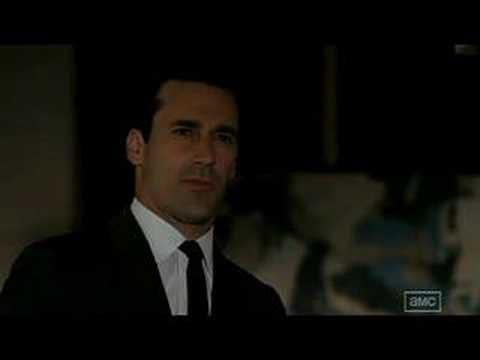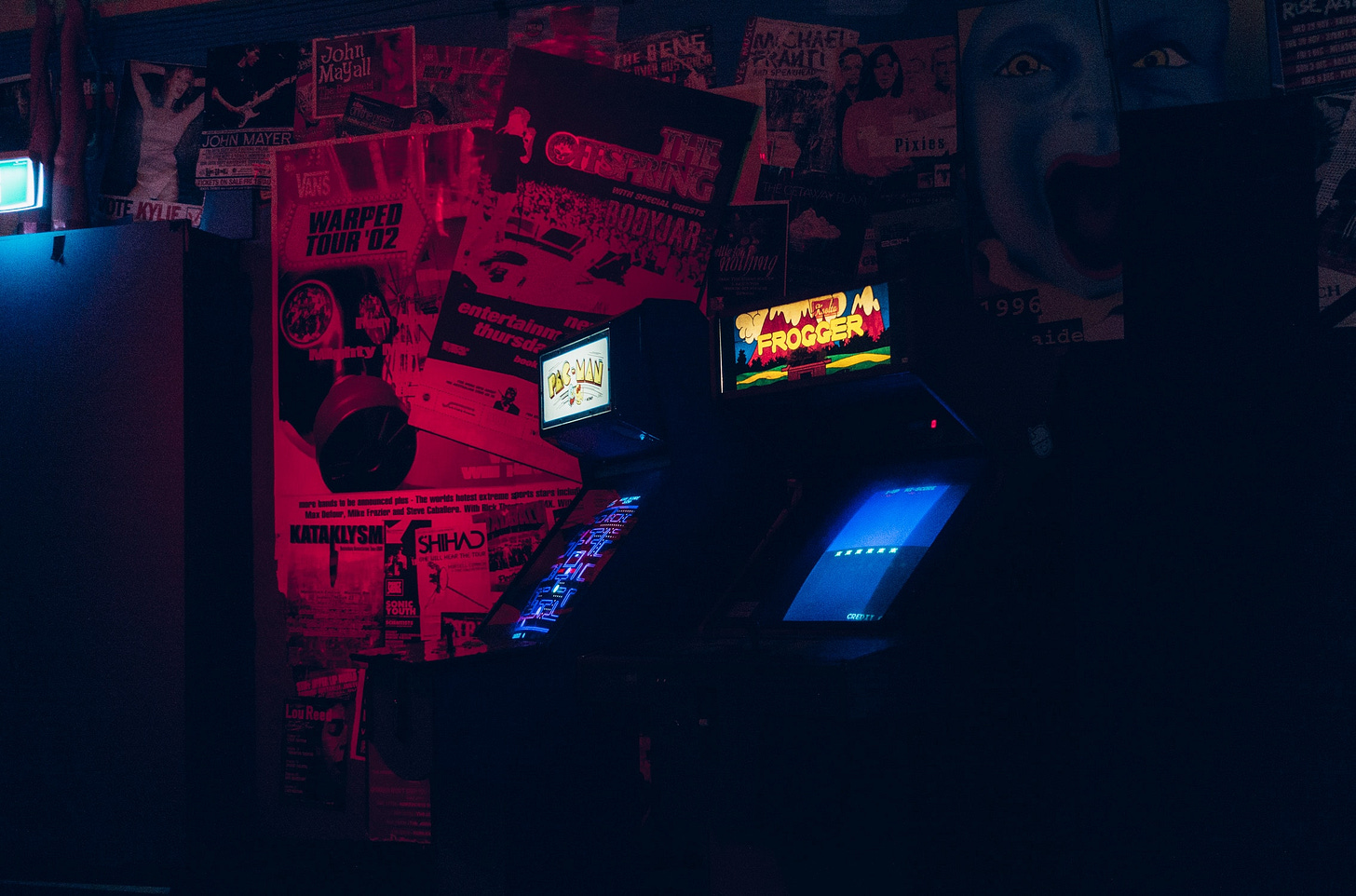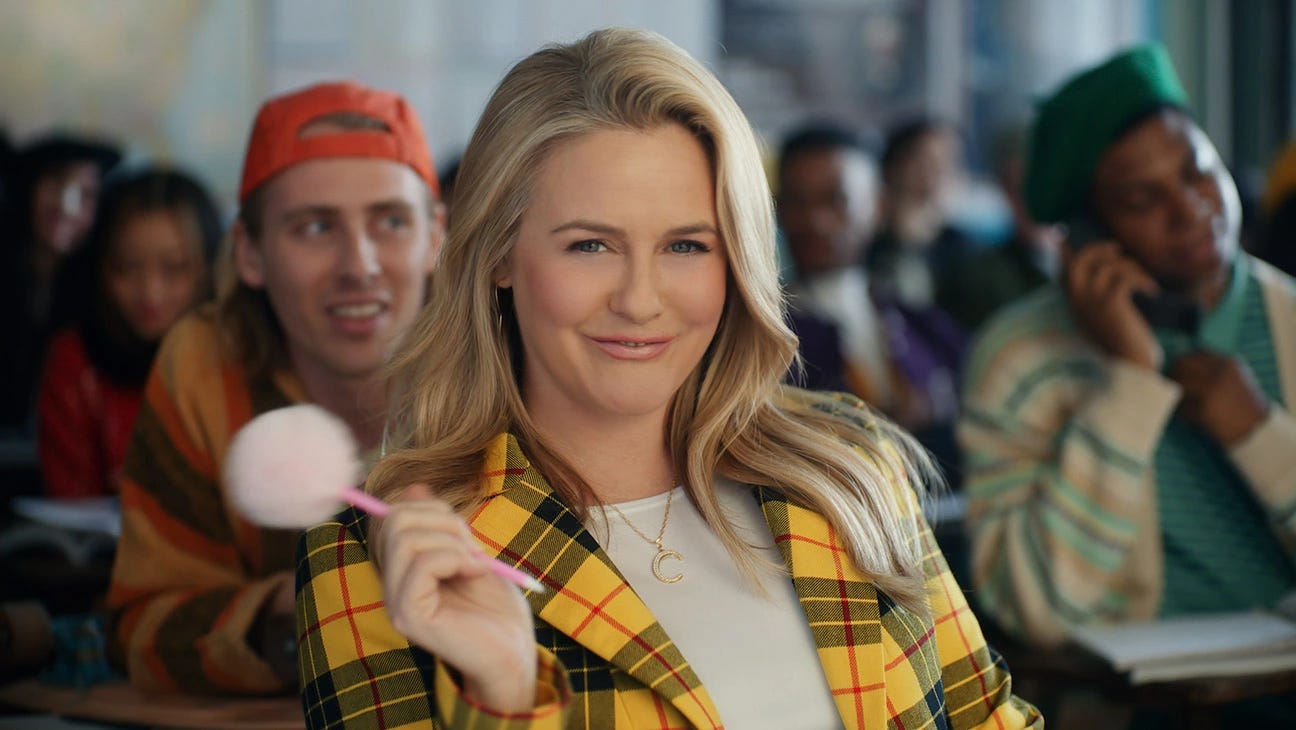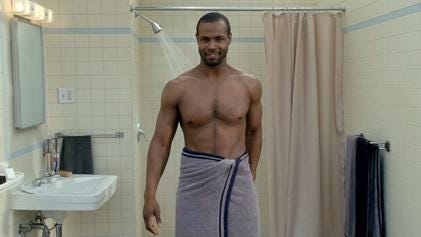Handle nostalgia with care
Bringing the past into present campaigns can be potent, but comes with risks.
Whenever a new Twitter-like service launches, someone will comment that it's "like Twitter used to be". Whether that's Mastodon, Substack's Notes, Post News or Bluesky, (the latest Twitter clone that's getting people excited. It's invite-only, so I haven't tried it), they all get people misty-eyed about Twitter's golden era (2010-2014; exact years may vary depending on your personal experience).
But while some of these new platforms may give some people the feeling of returning to those more innocent times (pre-Gamer Gate, pre-Trump, pre-Brexit, to name but a few), it's impossible to go back. As with any feeling of nostalgia, you can only imagine what it was like in that period you remember so fondly.
One of the reasons why these new platforms continually generate the same reaction, despite the likelihood of failing to live up to their initial promise, is that nostalgia is a powerful force.
Many of you will be familiar with one of the most iconic scenes from Mad Men, where Don pitches Kodak with the core insight of nostalgia (I've popped it below).
As Don alludes to in his pitch, nostalgia used to be treated as a sickness. It was considered a neurological illness, with different theories regarding its cause, involving nerve vibrations and changing altitudes. The early 20th century saw a shift as nostalgia became considered a psychiatric illness. It is only relatively recently that scholars started seeing nostalgia as having positive and negative effects on our emotions. Nostalgia is "bittersweet", as Felipe De Brigard says in this excellent Aeon article "Nostalgia doesn't need real memories – an imagined past works as well".
The sweetness and pleasure come from imagining your past - watching an old film you loved as a kid and remembering how it made you feel, the excitement and sheer joy of watching it repeatedly. Or reminiscing with friends and family about legendary nights out or blissful holidays. The ache or bitter taste comes from the fact that you can't go back; as De Brigard says, nostalgia is "painful because time travel is impossible" (despite what Don says in his pitch).
But reminiscing isn't just about wishing you could go back. We use the same part of our brain to remember previous experiences as we do to imagine future ones. That means we can also desire "the past situation be brought to the present". It's similar psychology to campaigns like "Make America Great Again" or "We Want Our Country Back". And it's the same psychology that powers "it's like Twitter used to be "-feelings.
We look at Twitter clones and think they can help a "past situation...replace the current one". But again, this road of thought will only lead to disappointment because of the inherent "impossibility: that of recreating the past in the present".
Twitter super users can't help but feel the pull of that nostalgia, ignoring or at least delaying the disappointment. And why should they be disappointed? Recreating "old Twitter" shouldn't be too hard. It's just a platform - lines of code used to share what people are up to.
But the pining for Twitter's halcyon period isn't about features or functionality - it's about the feeling, the vibes of the time. The vibe of connecting with like-minded folk, with the concurrent feeling that you were part of one large, like-minded community. A community that was not so big as to be mainstream but not so small that it was niche and boring. It's a sweet spot plenty of bands experienced just before they made it "big", a period Kurt Cobain fantasised about eternally reliving: “The most exciting time for a band is right before they become really popular. I’d love to be in bands that just do that every two years.” (And hopefully Kurt's soul is doing that somewhere right now).
That's the vibe Substack, Mastodon, and Bluesky hope to tap into - but that none of them has (so far) entirely managed to sustain. Notes and Mastodon haven't moved beyond the niche phase; Bluesky has excited many of those same Twitter power users, but it's already seen some classic "Twitter of 2019" behaviour (check out
for a more in-depth analysis of this).I've not seen any explicit marketing from these Twitter clones that indicates they're actively stoking the nostalgic feelings of their potential users. Mastodon and Bluesky trumpet their "federated" models, offering greater control over moderation; Notes says, "Twitter is a mess; come spend more time on a platform we know you already like". But there's no reason these companies shouldn't play on users' potential nostalgia for Twitter's past to try and drive sign-ups and usage.
According to Mintel research, sourced from WARC, 73% of consumers enjoy being reminded of their past. Plenty of brands tap into culture and campaigns gone by to get cut through with audiences. If we use Super Bowl ads as a proxy for campaign trends, 16 videos tapped into cultural reference points over a decade old. Plenty of those references were from the 90s, with the likes of Clueless (Rakuten) and The Matrix (Squarespace) rebooted to improve brand favourability and shift more products.
Thanks to the fact we live in a big flat now, with the past available at a few clicks of a button, you don't even have to go as far back as the nineties to tap into the potent power of nostalgia. The "Old Spice Man" launched in 2010 and appeared in a million decks for ages; the brand brought him back in 2020. Budweiser's "Wassup" spot returned in the same year, given a modern twist with Alexa uttering the famous catchphrase.
Teens have spent plenty of time recently reminiscing about the golden online eras of (checks notes) 2014 and 2015. Retro trends have sped up, although I would still argue that it takes twenty years for a period to feel old. It's only now that I feel the early 00s were a long time ago and not, like, yesterday. You can immerse yourself in those worlds by watching the excellent Meet Me In The Bathroom documentary or checking out one of the many indie sleaze playlists on Spotify.
But any brand looking to harness the bittersweet power of nostalgia needs to be aware of two things. Firstly, remember that there's as much "bitter" as "sweet" in nostalgic feelings. You don't want to make your audience feel old. It’s also best to avoid your brand coming across as old-fashioned. A typical brief we get is to celebrate a brand's big anniversary (25 years, 40 years, 50 years etc.). An obvious route is to recreate something from the past to show how different everything is today. You need to get the tone of this kind of execution right, or retro and cool become old and out of touch.
Secondly, going back to this year's Super Bowl ads, an analysis by
and Zappi found that while nostalgia-themed ads scored highly on likeability, they led to a 5% decrease in brand linkage. People love Clueless, but honestly, what is Rakuten? (With apologies to anyone reading this who may work there or have them as a client). You need to make sure the bittersweet flavour of nostalgia doesn't cloud your message and leave people without a clear takeaway.Clearly, the solution brands looking to utilise the delicate potency of nostalgia successfully is to focus on consistency. In Bluesky's case, consistently delivering a great user experience without being distracted by growth, moderation and/or monetisation. Consistently campaigning on the same territory for brands and businesses to improve those brand linkage scores. We can't change the past, but we can focus on making a difference in the future and improving the impact of our campaigns. Learn from your past; don't try and import it wholesale into the present.





